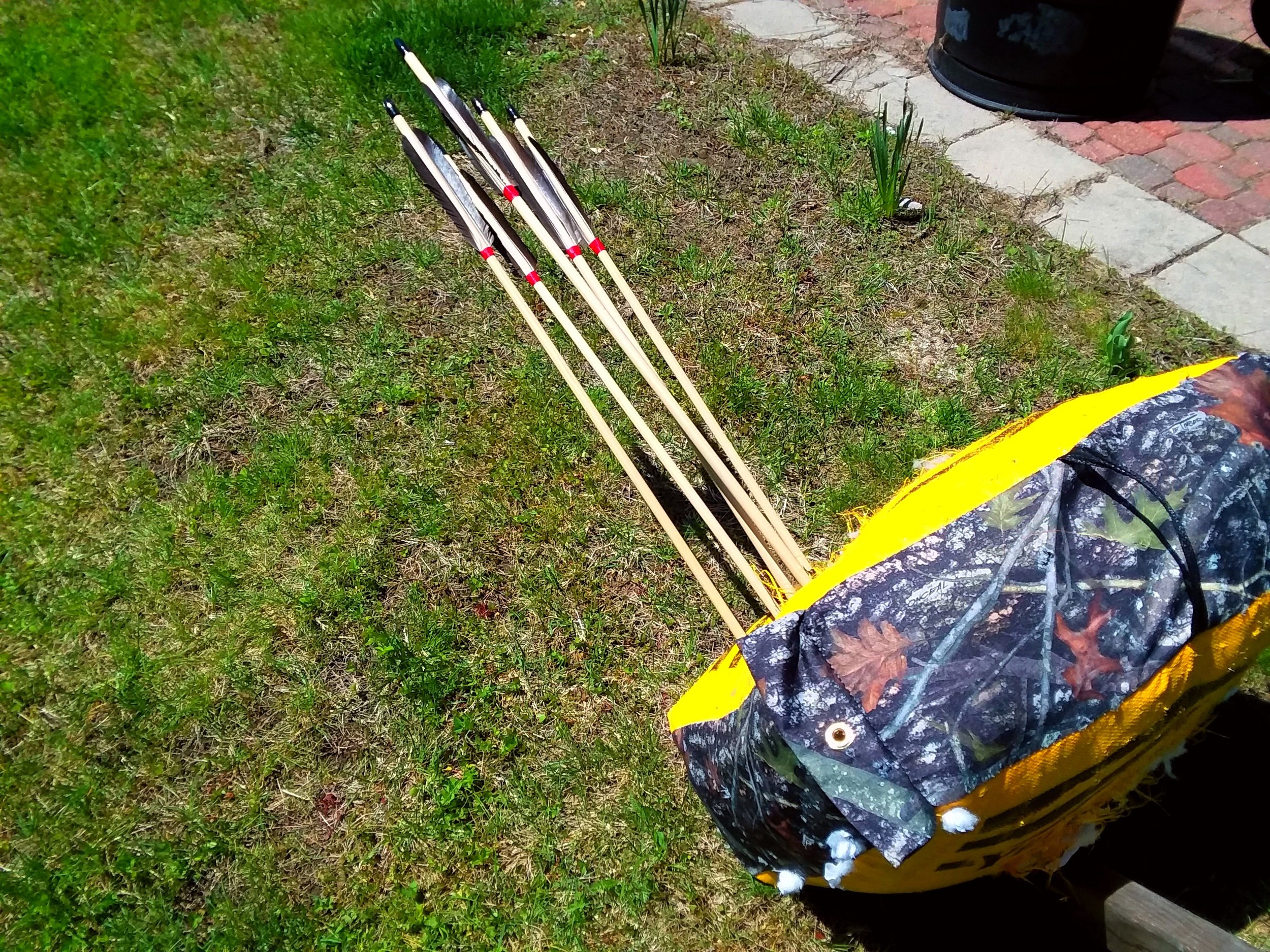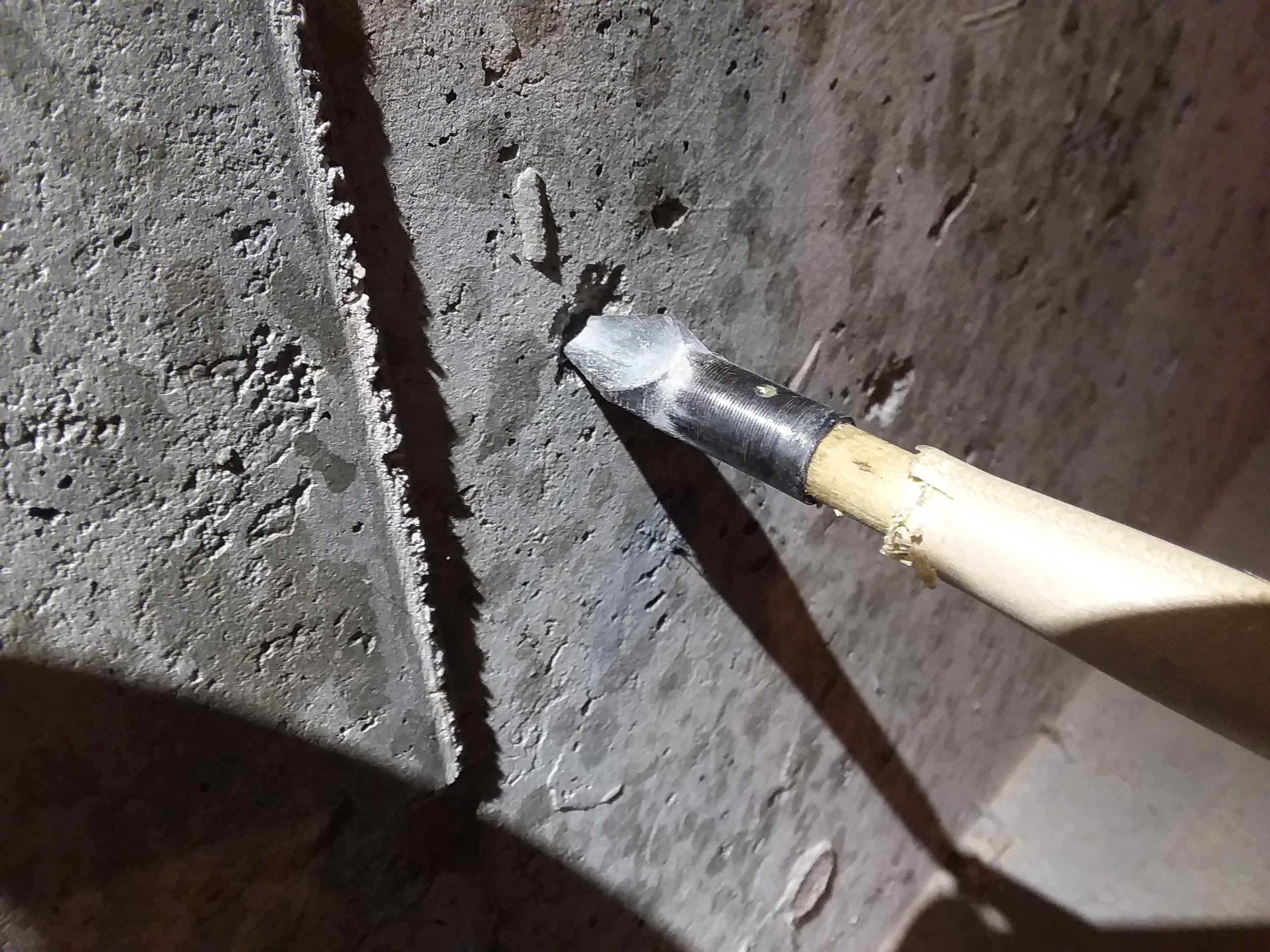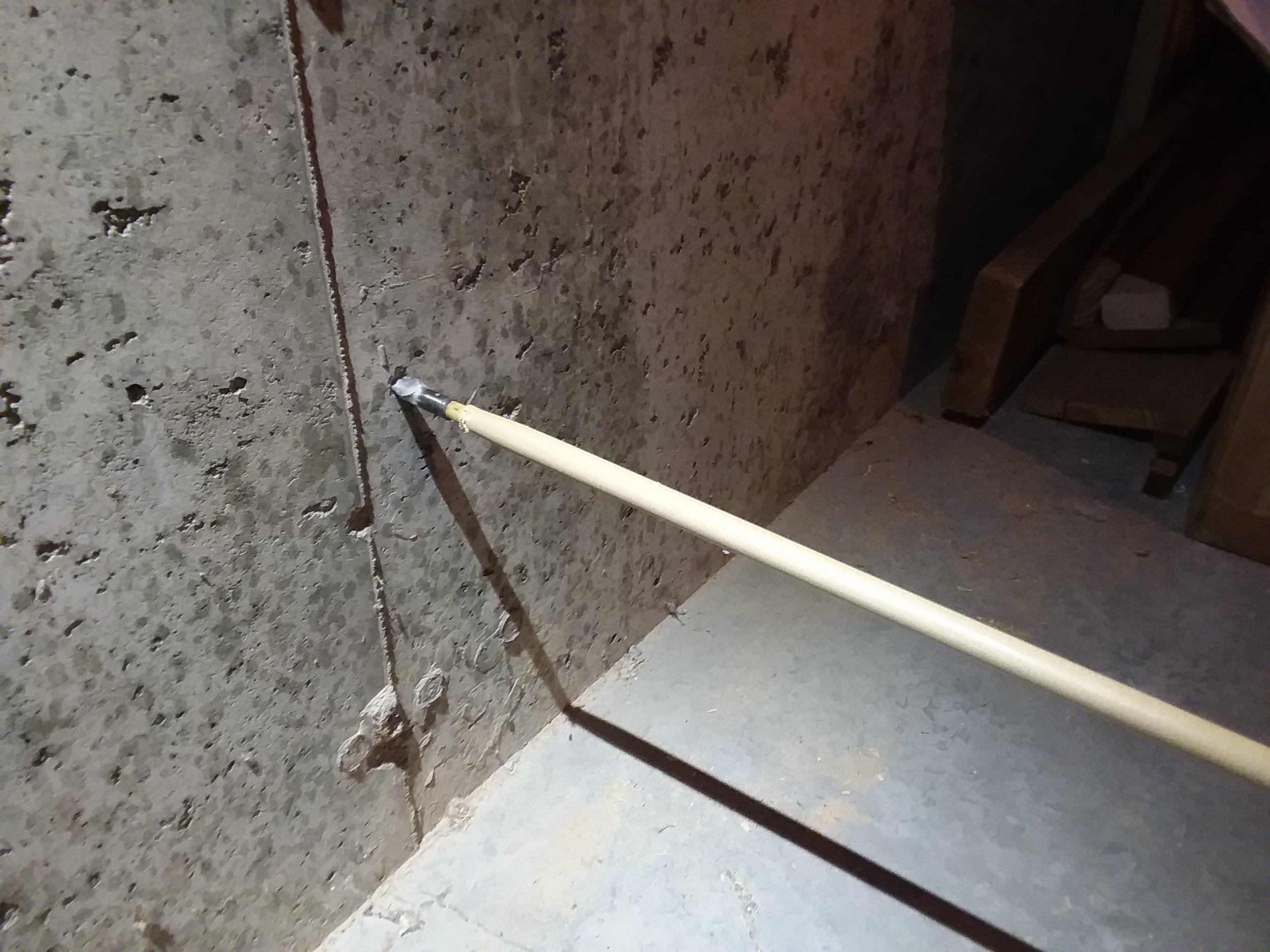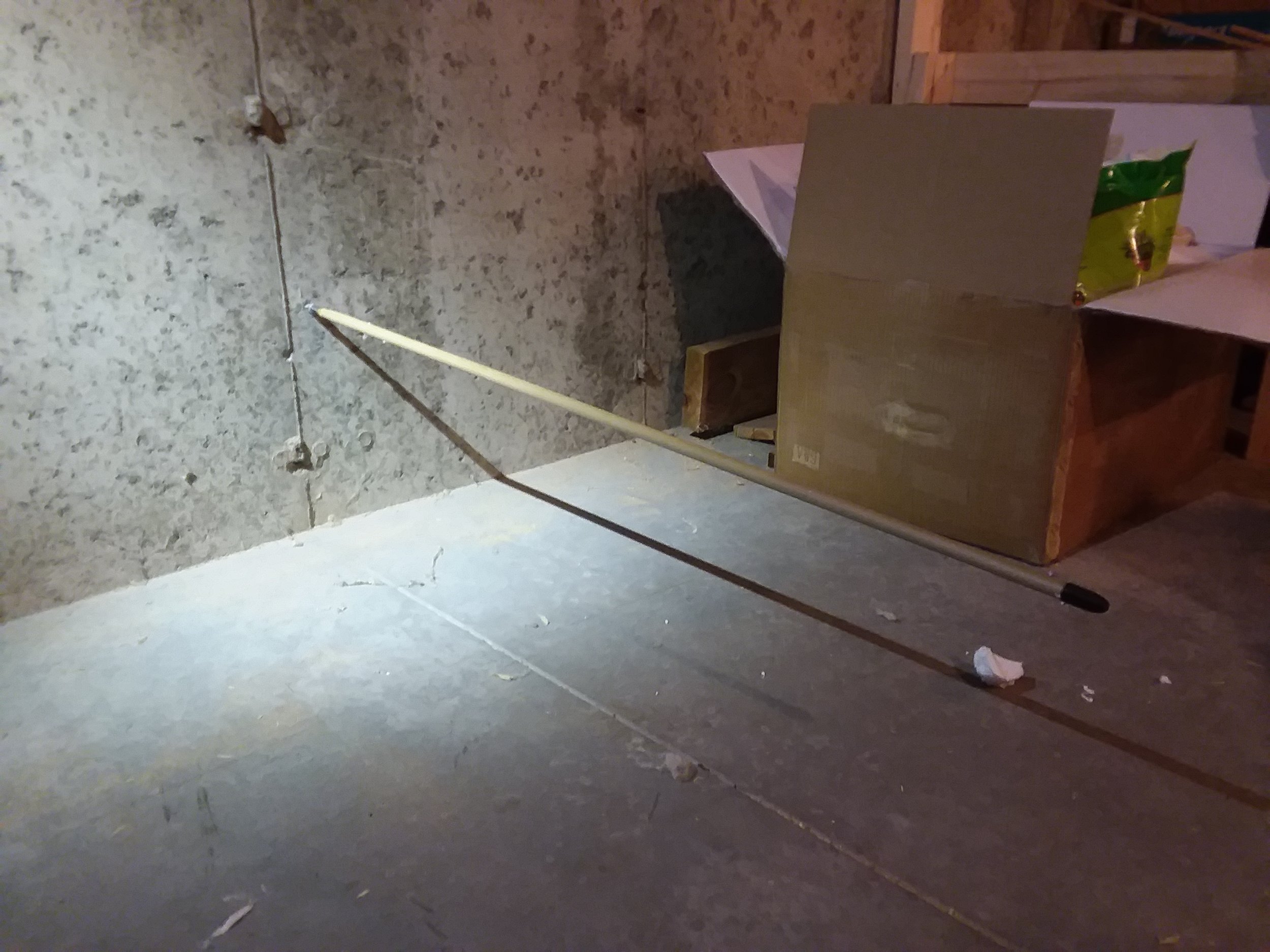Manchu Arrow Project (part 3)
Silent Thunder Ordnance
So here we wrap up the first batch of these increasingly semi-Manchu arrows. (find part 2 here) Perhaps heavy war arrows would be an increasingly accurate name? I digress. We are offering these shafts, with without nocks, for sale by the way. Not a standard item listed, but if you'd like to purchase some feel free to message us. They come rough-finished, and still require sanding, straightening, lacquering, fletching, etc.
So, nocks first. Start with a standard 11 degree taper. Nobody, to my knowlege, makes a pencil-sharpener-style taper cutter for arrows this large. Could have bought one, and maybe adapted it, but in this case it was easier to just build a jig for the disc sander. Worked like a charm.
We custom designed nocks for these arrows. Initially we wanted to use a bulbous design based off a project we were doing with Mike Loades. It quickly became apparent however that any design increasing the diameter over that of the shaft looked ridiculous, particularly in light of the comparatively spidery modern strings we use. The other problem is string angle. The wider your arrow, the deeper the nock need be.
So we opted for something a little more practical which, hopefully, doesn't look comical. In the process of testing this though, a woopsies happened. That arrow blew straight through the backer, which stops normal arrows, and stuck itself in the concrete wall. Normally, when a screwup like this happens, you break or blow the nock straight off the arrow. Not this monster though, still just like new. Even the shaft survived undamaged. The point seated itself a little too far on the shaft, and was a right **** to get out of the wall, but with a new point you could shorten the arrow a tad and you'd be back in business. Shot was taken at 16 yards.
Manchu arrows exhibit a great diversity of fletching length. None of it would be described as short however. The longest we had on hand were some goose feathers which, while extremely long by normal standards, are still at the short end for Manchu arrows. The next problem was that there are no fletching jigs for arrows this large in diameter or feathers this long. We could have built one, probably, but wanted this build-along to be reasonably accessible to regular people. So, with the help of Bohning fletching tape whose instant-bond allows you to manually lay down fletching quickly and accurately, we did it by hand. Wrapped the front in some waxed thread as well to help keep the tips from coming up and to be easier on the thumb as the arrow goes by. Still in desperate need of a trim though, my god do those look ugly.
Again, trimming the fletching presented a problem. Normal hot-wire-cutters aren't long enough. We could build one, but again that may be beyond what most people would want to do or be capable of. There is always the blow-torch and bent coat hanger solution, however we ultimately just went with the easiest: scissors. The results were very reasonable, but somewhat short of excellent. And, as you can see from the above image, they are a success.
So, project completed, what did we get right and what did we get wrong or would we do differently? Real Manchu arrows have complex taper, shallow bulbous nocks for HUGE strings, different points, and are (allegedly) fletched with eagle feathers. For a set of display arrows, adding tapers would be very reasonable. In this case though, we're questing for extreme mass on arrows that'll actually see not-insignificant use. Tapers then would be both time consuming and counterproductive. Manchu bows are significantly taller than the majority of bows I own and shoot. Shallower nocks would be incompatible with such string angles. So, once again, I thing a practical adaptation was made here although another nock variant would be perfectly possible.
What did we get right? Well going off the fantastic article by Peter Dekker, poplar was a correct wood choice, minimal finish on the surface is authentic, correct fletching orientation, and most importantly correct weight. The fletching is an odd tossup of sorts. These examples are on the fringe short end of the spectrum for Manchu. In this case though, these arrows already have more fletching than I need. Nobody is penetrating armor anymore, and the larger mass combined with lower velocities are very forgiving when it comes to form and flight. I can shoot these off a fickle Korean bow bare at 16 yards without fletching. Furthermore, I can do this well enough to penetrate the backer and then concrete as you saw above! If I were to do this again, I'd use normal 5.5" fletching that didn't interfere with the early stages of draw, or potentially the vertical second and third feather orientations.
And, finally, the correct weight was what we were going for here, so we can safely shoot very heavy bows to produce ferocious power. In this respect, we were unequivocally successful. While chrono data will have to wait for another day, preliminary numbers suggest the powerful AF Tatar is over 150fps, while the Hwarang is about 190fps.







